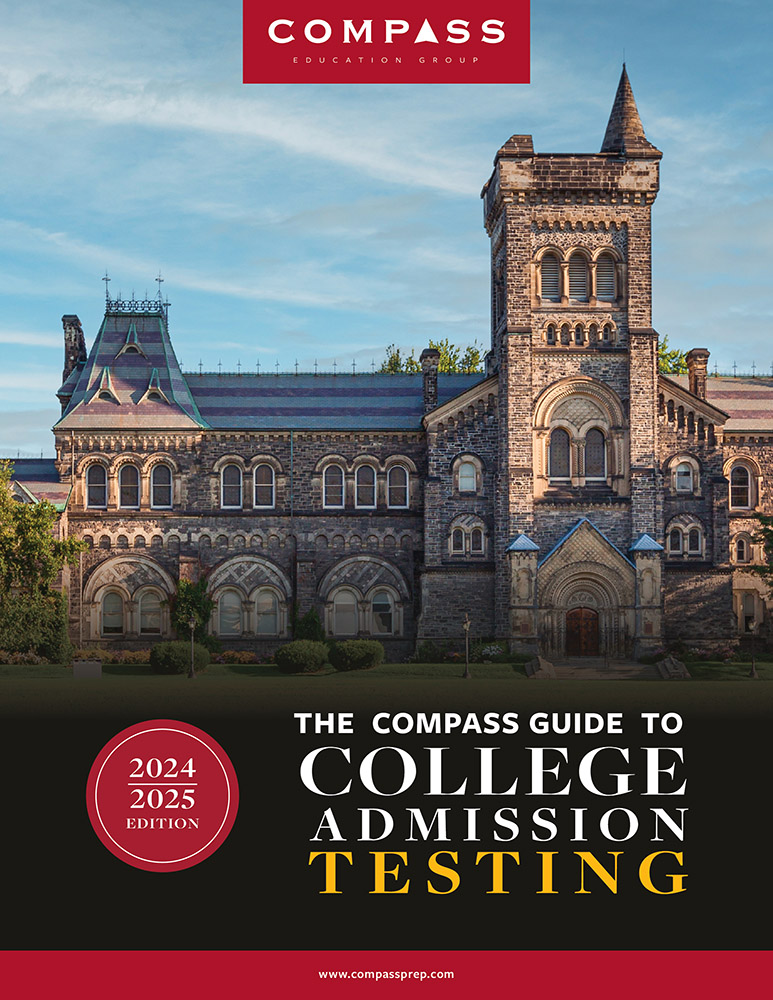In response to a post on National Merit Semifinalist cutoffs, a reader asked several questions that touched on the issue of PSAT score “compression” — the fact that top scores on the New PSAT are clustered in a tighter range than in the past. It is an interesting topic. The answer outgrew the comment section, so I’ve duplicated Ethan’s questions and provided my answers below.
Questions from Ethan regarding PSAT score compression:
I’m wondering if you want to comment on these questions. I have my own theories, but I’d love to hear from someone who is more intimately connected with the admissions testing world:
1) Was this compression at the high end of the PSAT curve intentional on the part of the College Board?
2) Will this compression hold up in the actual SAT scores, or is it a symptom of the decreased 1520 cap for total score?
3) If this was intentional, why would the College Board prefer a compressed upper end to the longer “tail” of the previous exams?
Asking a testing geek these sorts of questions can provoke really long answers. Let me pick off 2) first, because it is the most straightforward. Yes, there will be compression on the SAT. I expect mean SAT scores for the class of 2017 to come in around 1060-1070, which is about 80 points higher than for the class of 2015 (adjusting for the consolidation of Critical Reading and Writing). We will see the same upward shift in scores as observed on the PSAT. While the 200-800 scale of each SAT section is 40 points higher than the 160-760 scale of each PSAT section, scores on the SAT are about 30-40 points higher per section than on the PSAT. The scale moves up. The scores move up. Compression is similar.
For 1) and 3), let me qualify “intentional.” Was the College Board’s intention to specifically compress high end scores? Not really. Was the intention to change the scoring and scaling of the PSAT in a way that inevitably led to compression of high end scores? Yes.
One thing to consider is why such a long tail existed. The PSAT has always been an easier, shorter version of the SAT taken by a younger, less able pool of students (sophomores make up an even larger group of test-takers than juniors). The 20-80 scale that mimicked the 200-800 scale of the SAT was never ideal. I’ll avoid a long digression to an already long answer and simply state that the PSAT did not have the necessary resolving power to accurately differentiate scores at the upper end of the 20-80 scale. The long tail was, perhaps, too long.
The three factors that led most directly to the new PSAT score distributions were
1) the change to rights-only scoring,
2) the implementation of vertical scaling, and
3) the abandonment of normality (on the SAT).
As critical as I have been about the PSAT rollout on some fronts, I think that the scoring decisions were sound and inevitable.
1) In the end, there is not enough of an advantage to formula-scoring to offset the confusion it causes. The SAT and PSAT were on the wrong side of this battle and were losing ground to ACT. This scoring change leads to compression of raw scores, as the lowest raw scores become possible only in theory.
2) As mentioned above, a scale that is best for the SAT is not best for the PSAT. The implementation of the PSAT 8/9, PSAT 10, the redesigned PSAT, and the redesigned SAT allowed (or forced) College Board to adopt grade-appropriate scaling. This did end up cutting off part of the old PSAT’s tail.
3) There is nothing magical about a normal distribution of scores; it’s just one of many bases for scale construction. College Board decided that it needed to sever the connection between SAT scores and normality if it was to advance the new SAT as a standards-based, criterion-referenced exam. Technically, PSAT scores were never normally distributed, but they were based on the norm-referenced SAT scores.
The NMSQT part of the PSAT/NMSQT has long given the test a certain halo, but the future is in the “PSAT Suite of Assessments.” In other words, the 16,000 Semifinalists are not exactly a growth market — they will always be there. It’s the 20 million 8th-12th graders that drive decisions about the SAT and PSAT. It’s certainly not the first time that the National Merit program has experienced significant change. I would argue that the recentering of scores in 1994 had a larger impact on Semifinalist “sorting” than will the New PSAT, because it both compressed scores and greatly shifted the mix of Verbal and Math scores. Unfortunately, that bit of history will not do much to soothe anxious students and parents.

